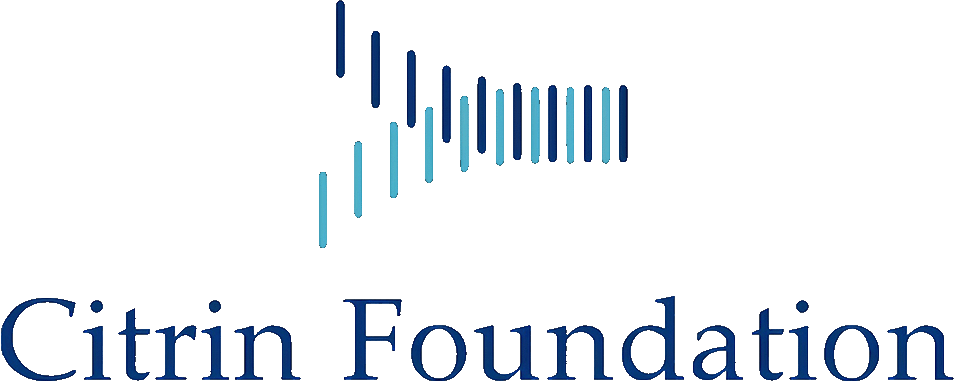Ituro INOUE, PhD
Director, Department of Genomics and Evolutionary Biology
National Institute of Genetics, Japan
Investigation of molecular mechanisms involved in citrullinemia type 2 (CTLN2)
Introduction
Citrin deficiency (CD) was long established as a metabolic disease caused by the lost of function mutations on SLC25A13, encoding citrin, a mitochondria transporter. Since citrin is involved in various metabolic pathways, such as glycolysis, gluconeogenesis and ureagenesis, the consequences of CD are concern about all those disturbed pathways and have different clinical presentations including neonatal intrahepatic cholestasis (NICCD), failure to thrive with dyslipidemia (FTTDCD) and ), adult-onset type II citrullinenia (CTLN2). While NICCD and FTTDCD can be alleviated by implementation of appropriate dietary and nutritional therapy, CTLN2 manifestation, characterized by acute hyperammonaemia, may lead to severe brain injuries on patients and prognosis is commonly poor. CTLN2 has been showed to associated with the substantial decline of hepatic argininosuccinate synthetase (ASS1) protein expression, leading to the malfunction of hepatic urea cycle, the key pathway for detoxifying ammonia. Interestingly, while hepatic ASS1 protein is significantly reduced, its mRNA level expression is totally normal, which suggests translational or post-translational regulation mechanisms might be involved.
Here, we sought to examine the molecular mechanisms underlying the enigmatic decline of ASS1 protein in CTLN2 patients. We considered the use of liver cell lines (e.g. Huh-7, HepG2) to generate CTLN2 in vitro model by knocking out SLC25A13. We first employed SLC25A13 knock-out HepG2 cell line, which is kindly provided by Dr. Paul M. YEN, as the model for our investigation.
Specific Aims:
Specific Aim 1: Based on previous RNA-seq and miRNA-seq analyses on liver tissues from CTLN2 patients, we are going to screen for candidate ASS1-targeting miRNAs which can specifically bind and repress the translation of ASS1. We also plan to perform ribosome profiling on SLC25A13 knock-out cell line to understand the systemic translational regulatory landscape that arises from the loss of citrin.
We already performed mRNA and miRNA sequencing on SLC25A13 knock-out HepG2 cells to understand overall transcriptomic changes compared to wild-type control. Genes and miRNA expression profiles could be compared with our previous analysis on liver tissue samples of CTLN2 patients to assess the credibility of cellular model. We aim to perform functional assessment of putative ASS1-targeting miRNAs by (a) overexpressing candidate miRNAs and (b) synthetic silencing (repressing) of endogenous miRNAs in SLC25A13 knock-out cellular models, assess their impacts on ASS1 protein expression.
In this research aim, we also examine whether the decline of ASS1 protein is due to inhibition occurs during translation steps, which can be comprehensively explained by ribosome footprint profiling method (i.e. Ribo–Seq). Information from cellular translatome, in combination with matched transcriptomic data, will deliver landscape of the whole-genome translational regulations in CTLN2 model.
Specific Aim 2: To study specific culture conditions on SLC25A13 knock-out cell line that may affect the decline of ASS1 proteins. This is the key phenotype to recapitulate clinical CTLN2 conditions in a robust in vitro model. From this, we can examine for molecular interactions/modifications that lead to the postulated specific degradation of ASS1 protein.
One hypothesis for the decline of hepatic ASS1 protein in CTLN2 patients could be a specific protein modification that designate it for rapid degradation. From this perspective, cellular environment must play crucial role in determining consequent fate of proteins. Since ASS1 is a cytosolic enzyme controlling the entry flux into urea cycle, it is reasonable to assume that ASS1 should be sensitive and responsive to changes in cellular environment. Cytosolic NAD+/NADH has been shown to be declined as a result of obstructed malate-aspartate shuttle in CD, therefore, the disrupted activity of NAD+-dependent enzyme such as SIRTs and PARPs would be interesting targets for further investigation of their involvement with ASS1 decline.
Specific Aim 3: To study the impact of genetic background on CD patients using whole genome sequencing (WGS) that may affect the risk of CTLN2 development during adulthood.
The onset of CTLN2 occurs in only about 10% among CD patients, this suggests that the penetrance of this monogenic disorder might be largely influenced by other factors, which could be both genetical and environmental. We postulate that the genetic variants background could affect the risk of CTLN2 development during adulthood of CD patients. Therefore, performing whole genome sequencing (WGS) and comparing variants profiles among CD patients would be one of our interested research aims.
(Updated September 2021)



